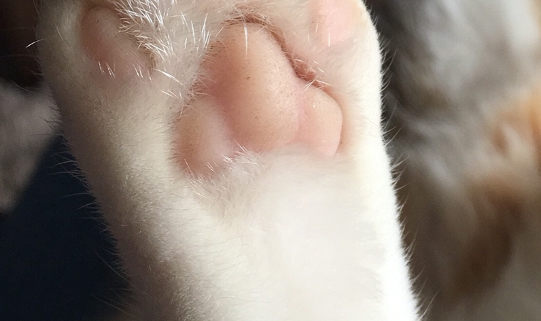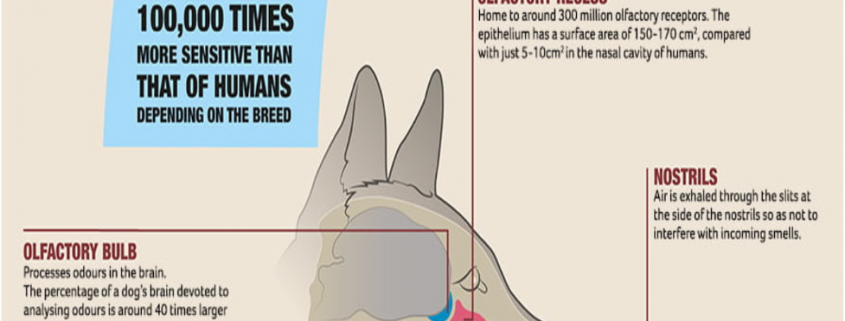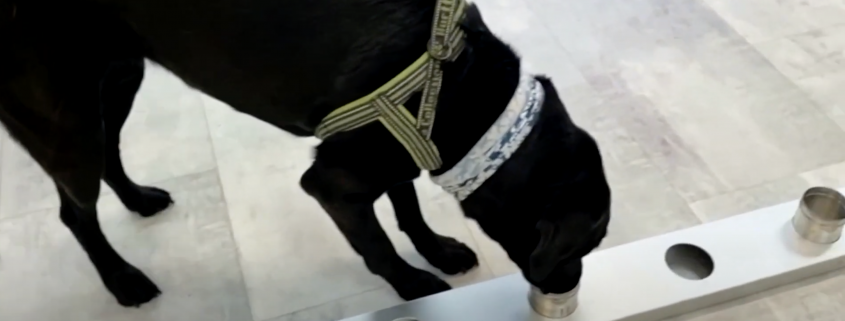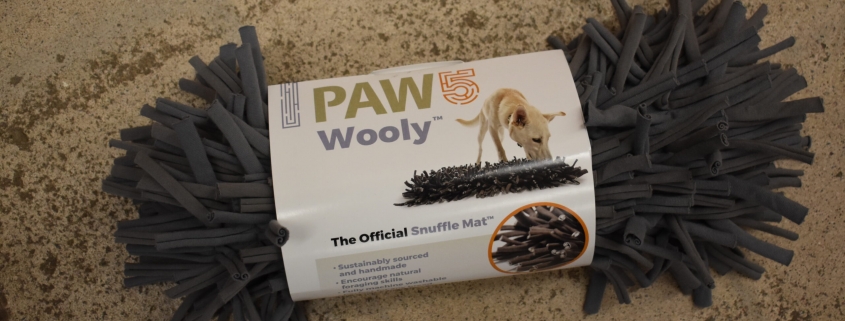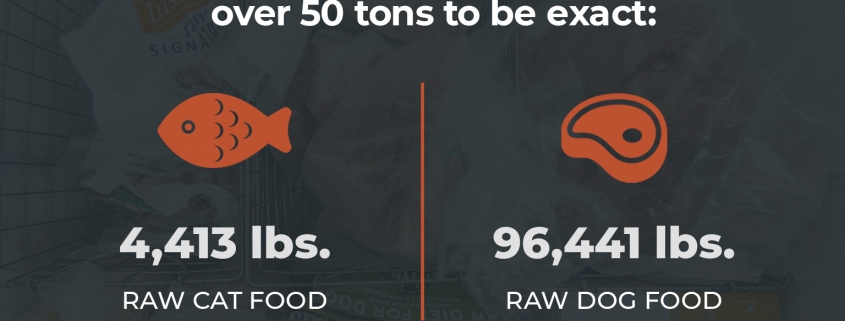As a cat owner, you want to ensure that your feline companion stays hydrated and healthy. However, some cats can be quite picky when it comes to their water options, leading to reduced water intake. In this blog post, we’ll share some valuable tips to help increase your cat’s water consumption. From strategic bowl placement to choosing the right materials and incorporating running fountains, these suggestions will not only optimize your cat’s hydration but also improve their overall well-being.
Strategic Bowl Placement
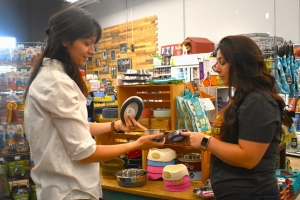
Our expert team can help you choose the best bowl for your cat.
Cats generally prefer to have their water bowl away from their food bowl. Placing the water bowl on the opposite side of the room or in a separate area can encourage cats to drink more. By separating their food and water sources, you address their instinctual behavior and promote higher water intake. Try experimenting with different locations to find the one that suits your cat’s preferences best.
Offer Multiple Water Bowls
In addition to strategic placement, providing multiple water bowls throughout your home can further entice your cat to drink. This approach ensures that water is easily accessible regardless of which area your cat prefers to spend time in. It’s also helpful for households with multiple cats, as each feline can have their own designated water bowl. Consider placing bowls in various rooms or levels of your home to make it convenient for your cat to find water wherever they roam.
Choose the Right Bowl
The type of bowl you use can significantly impact your cat’s willingness to drink. Cats can experience whisker fatigue when their whiskers touch the sides of their bowl, leading to aversion to both food and water. By selecting wide and shallow bowls, you eliminate this discomfort and create a more inviting drinking experience for your cat.
Consider Running Water Fountains
You’ve likely seen adorable videos of cats drinking from kitchen and bathroom faucets. Many cats prefer running water, and a water fountain can mimic the appeal of a flowing stream. Running water fountains attract cats and encourage them to drink more. The continuous circulation helps maintain freshness and provides a sensory experience that entices even the pickiest of cats. Additionally, the sound and movement of the water can create an interactive and engaging environment for your cat, making hydration more enjoyable.
Expert Tip: Don’t be discouraged if your cat doesn’t drink from the fountain right away. Like most new things, your cat needs to adapt to the new fountain over time. It’s normal for a cat to take 4-6 weeks to begin using the new fountain. If you do not have success after 6 weeks, try moving the fountain to a different area of the house.
Maintain Clean Bowls and Fountains
Tiny dust and dirt particles floating in stagnant water will deter a cat from drinking from it. Additionally, water bowls will start to grow bacteria in less than 24 hrs, so it’s imperative to take proper precautions for cleanliness and safety. Wash your cat’s bowls with hot soapy water at least once a day. Water fountains should be disassembled at least once every 7-10 days so that all parts can be cleaned thoroughly. Be sure to replace the filter every 4-6 weeks, or more often depending on your water quality. Fill with fresh, clean water. We recommend using room temperature water because cat’s don’t generally prefer cold water.
Feed a Moisture-Rich Diet
Cats naturally have a remarkably low thirst drive and have adapted over centuries to thrive in dry environments. Additionally, cats’ tongues are incredibly inefficient for drinking water because they cannot scoop the water into their mouth. For these reasons, their bodies have evolved to absorb moisture through food sources. Therefore, it’s imperative to offer your cat a diet high in moisture. Canned wet food or premade raw food options offer optimal nutrition with high moisture and minimal carbohydrates. Since most feline ailments result from dehydration, a high moisture diet sets your cat up for whole body health and longevity.
Conclusion
Ensuring your cat’s proper hydration is crucial for their overall health and well-being. By implementing these tips, you can help your feline friend stay hydrated and prevent potential health issues associated with inadequate water intake. Remember to strategically place water bowls away from food, offer multiple water sources, choose suitable bowl materials, and consider investing in a running water fountain. Additionally, don’t forget to change the water daily and keep the food and water dishes clean to maintain optimal freshness. By following these guidelines, you’ll promote a healthy and happy lifestyle for your beloved cat.




